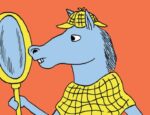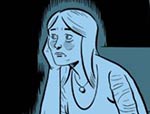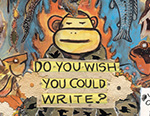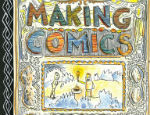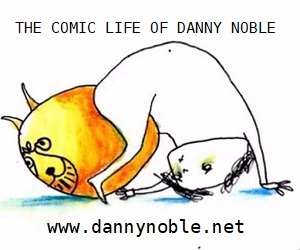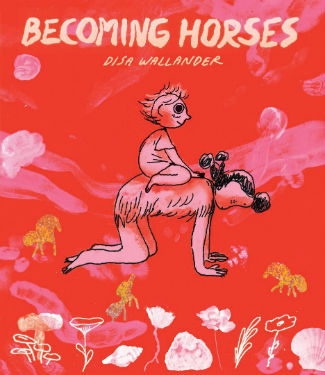 A couple of years ago, Swedish cartoonist and illustrator Disa Wallander was asked to describe her work. It was not an inane question because, as anyone familiar with what she has repeatedly tried to do in the course of her career knows, it is often difficult to explain. She responded by saying it was always an attempt to understand herself and the world she lived in as best as she could. That statement, in this reviewer’s opinion, is the key to how any reader ought to approach her singular mixed-media creations.
A couple of years ago, Swedish cartoonist and illustrator Disa Wallander was asked to describe her work. It was not an inane question because, as anyone familiar with what she has repeatedly tried to do in the course of her career knows, it is often difficult to explain. She responded by saying it was always an attempt to understand herself and the world she lived in as best as she could. That statement, in this reviewer’s opinion, is the key to how any reader ought to approach her singular mixed-media creations.
Her latest, Becoming Horses, is categorised as a literary graphic novel, which probably reveals how she chooses to acknowledge the result of her careful process. For a cynic, it’s the kind of slot offered to any work that challenges our notion of what fiction or non-fiction should be. There is something deliberate about why she chooses to follow this path though, and there are substantial rewards for those who follow her and stick to it.
A couple of years ago, for instance, Wallander approached the topic of climate change via a zine titled Spare Me (reviewed here at Broken Frontier), which combined illustrations, photography, and dialogue featuring multiple perspectives, all merged as a commentary on anxiety caused by forces beyond our control. One panel featured two nymph-like creatures superimposed upon a photograph of a grassy lawn. “I feel sad that the world is dying,” said the first creature. “I feel good in the sun,” the other replied. To stare at that page for a while is to understand why Wallander’s method is so perfect for issues that are more complicated than they first appear to be.
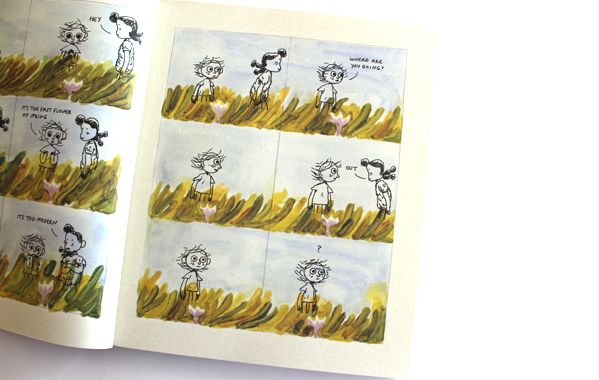
Becoming Horses is also about big subjects, tackled with a mix of surrealism, wit, and a bit of absurdity. It has little girls and grown women, inhabitants of landscapes that are often impossible to define, all engaged in conversations about life, living, and the meaning of art itself. Why some of them attempt to transform into horses is ultimately not the point, because one suspects Wallander’s aim is more towards capturing emotion with each interaction.
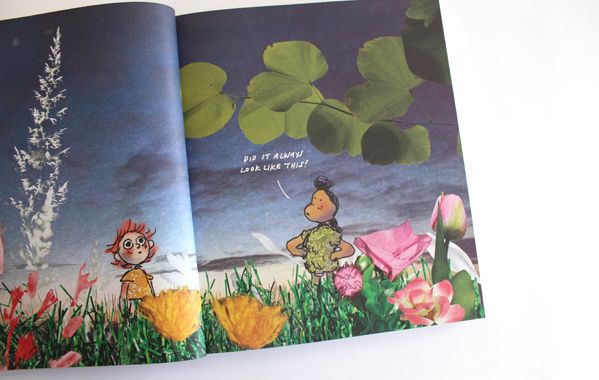
As these characters move through backdrops that incorporate textures and shapes, images and watercolours, islands, and even what looks like a womb, they raise a question that has occupied philosophers for as long as human beings have walked the Earth: What is the ‘Self’? Is it the essence of a living being, activity or state, or an abstract thought?
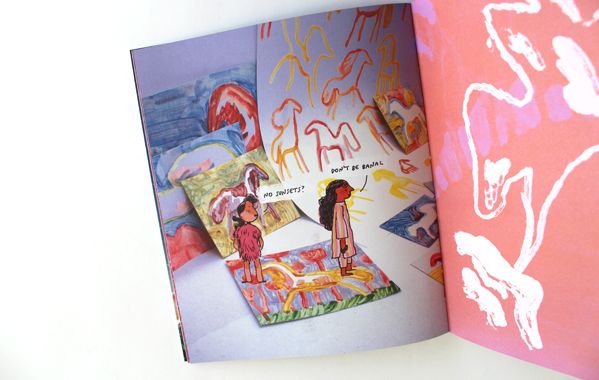
One can almost imagine Wallander asking herself these questions too, as she sets out to create each page. What comes to mind, on the second or third reading, is a famous thought experiment by Persian polymath Avicenna, called the ‘floating man’. He came up with it to make sense of how humans understood consciousness, using the notion of a person falling freely through the air to perceive the existence of a self without the assistance of any sense or material. Wallander’s characters are like that, free-falling, aware, and unencumbered by anything other than the fictional world they inhabit.
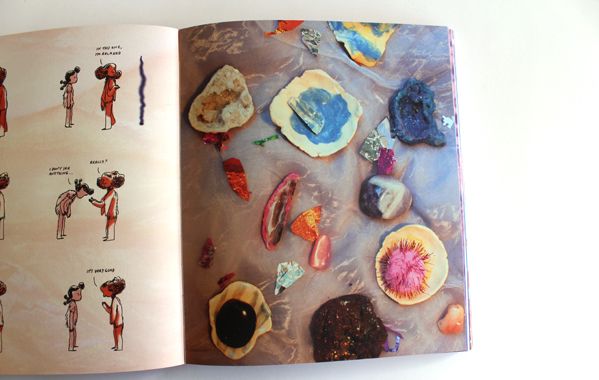
There are all kinds of reasons why this book needs to be read. It is undeniably intriguing, for one, has gorgeous illustrations, and grapples with topics that will always occupy us. Most importantly, it changes our notions of what this medium can do. Which is always a good thing.
Disa Wallander (W/A) • Drawn & Quarterly, $22.95
Review by Lindsay Pereira





